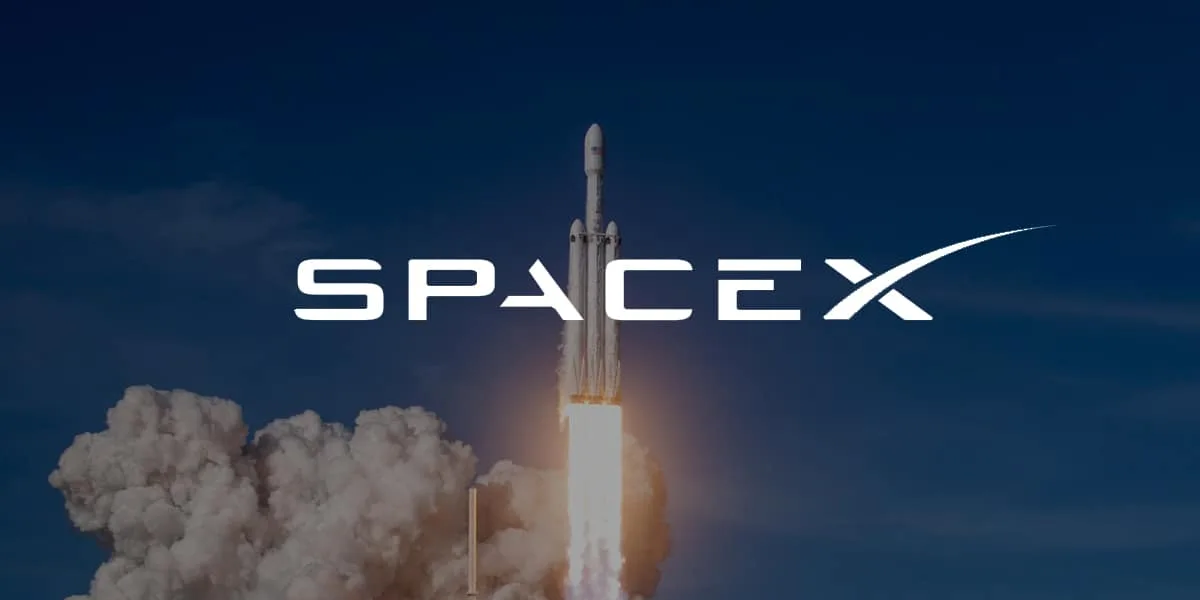
The Success Story of SpaceX: From Startup to Leader in Space Technology
The story of SpaceX is a fascinating journey of how a small startup founded by Elon Musk transformed into a global player in the space industry. In the early 2000s, Musk’s ambitions seemed nearly unrealistic, but through an unwavering drive for achievement and an innovative strategy, SpaceX managed to revolutionize space travel. The company offered not only new technologies but also a groundbreaking approach to making space accessible to humanity. In this article, we trace SpaceX’s path from humble beginnings to its status as a leader in space technology.
Early Years of SpaceX: Challenges and Achievements
The early years of SpaceX were extremely challenging, with seemingly insurmountable obstacles. The company faced serious financial difficulties and numerous technical issues. During the development phase of the Falcon 1 rocket, every launch was a true test for the engineering team and management. The first three launch attempts ended in failure, casting doubt on the company’s future. However, Elon Musk and his team continued working on addressing the issues, improving technology, and expanding experiments.
The Falcon 1 Launch: First Steps Towards Success
The fourth launch of the Falcon 1 in 2008 marked a turning point for SpaceX. This success was historic, as it was the first private orbital launch, securing financial support from investors and assistance from NASA. The Falcon 1 not only demonstrated the reliability of SpaceX’s technology but also strengthened the company’s position in the commercial space launch market. Following this, SpaceX received important contracts for cargo delivery to the International Space Station, further solidifying its status as a promising industry player.
Strategy and Partnerships: The Path to Global Recognition
After the success of Falcon 1, SpaceX had the opportunity to sign a major contract with NASA to deliver cargo to the International Space Station (ISS). This partnership was a crucial step in the company’s further development, providing not only financial stability but also opening new opportunities to develop more powerful rockets and spacecraft. The company set an ambitious goal to develop a reusable rocket that would lower the cost of space missions and make space more accessible for commercial use.
The Development of Falcon 9: Innovations in Rocket Technology
The Falcon 9 became a true revolution in the space industry, allowing SpaceX to create a reusable rocket that significantly reduced the cost of each launch. This rocket utilizes a reusable first stage, which can return to Earth after launch. This became possible due to a series of innovations that changed the approach to space launches. Falcon 9 opened new horizons for SpaceX, enabling the company to perform not only cargo but also crewed missions, becoming the foundation for future programs.

Revolutionary Missions: From Dragon to Crew Dragon
In addition to rocket technology, SpaceX was developing its own spacecraft program. The Dragon spacecraft became the first private vehicle to successfully deliver cargo to the ISS. This achievement laid the groundwork for future crewed missions. In 2020, the Crew Dragon mission became a significant event not only for SpaceX but also for the entire space industry, as it was the first private mission with astronauts sent into orbit. Crew Dragon became a symbol of SpaceX’s reliability and technological excellence, ushering in a new era of commercial space flights.
Crew Dragon Mission: The Return of American Astronauts to Space
The Crew Dragon mission, conducted in partnership with NASA, was the first crewed flight from American soil since 2011. This achievement marked an important milestone in SpaceX’s development, proving the reliability of its technologies and its innovative approach to space exploration. Thanks to Crew Dragon, the company not only earned a reputation as a reliable partner for NASA but also drew international attention to the potential of commercial space use. SpaceX continues to work on new programs and developments, including Starship, which aims to become a new step in humanity’s journey to other planets.
